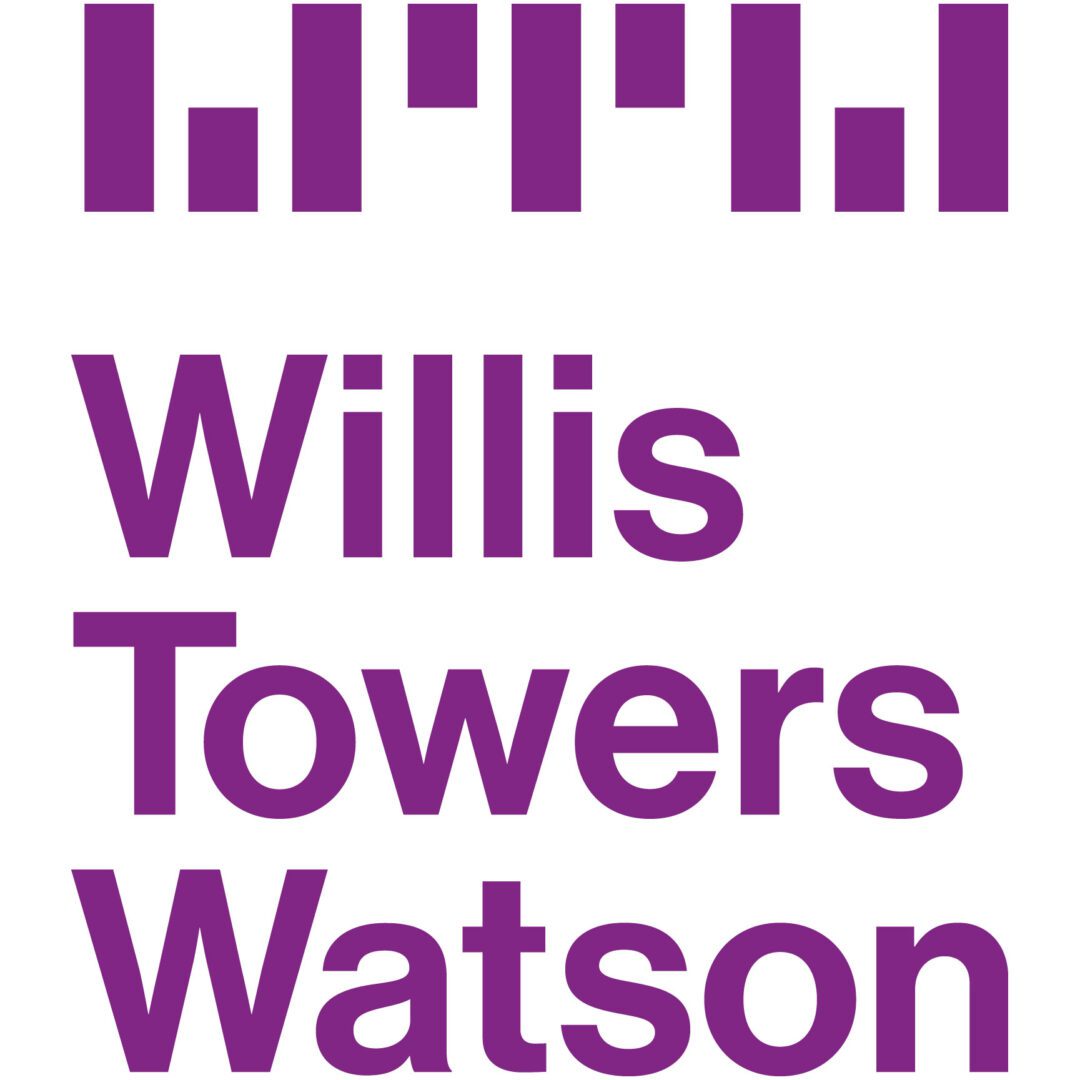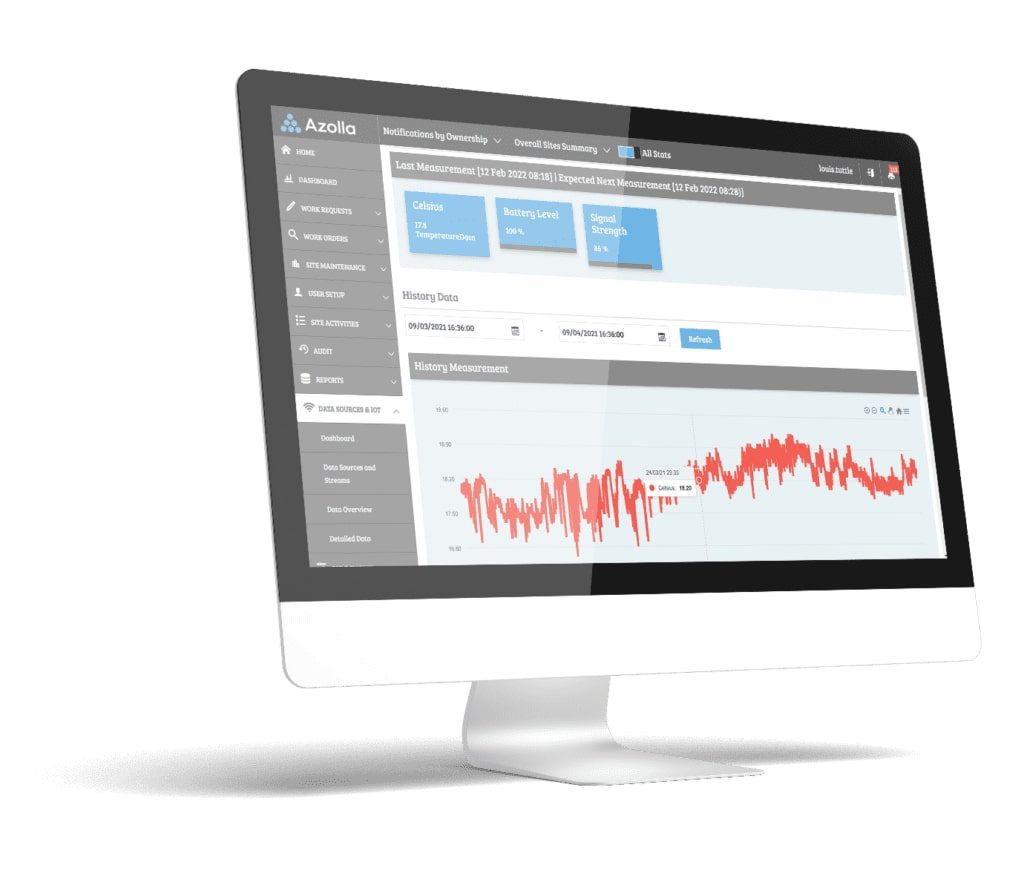on-demand cleaning
Case Study
on-demand cleaning
The impact of hybrid working on cleaning.
The hybrid working environment has compounded a known issue in facilities environments. Cleaning based on a time based scheduling is really ineffective?
The drive for efficiency, the environmental impact, and now hybrid working, have all converged to drive cleaning towards a more dynamic, efficient model. Infection control and health have also moved to the forefront and low-cost solutions have dwindled in importance.
ROI Justification
Reduced Cleaning Costs
Higher Employee Satisfaction
Environmental Benefits
Key Concepts
On Demand Cleaning
AI Learning
IOT Sensors
%
Scheduled Cleaning accounts for 15-25% of an FM Budget.

Client overview
Willis Tower is an insurance provider based in Dublin, Ireland. The campus covers 6,300 Square metres with available space for 550 staff on site. Like many organisations it implemented a risk based approach to Covid19 to protect staff. Hybrid working, limiting staff numbers in shared areas including elevators and deep cleaning, all became the norm. With the Return to Work phase and the easing of restrictions, a new approach was needed that accounted for varying occupancy levels and area usage.
the Problem
With the transition back to work, the cleaning model needed to evolve based on both overall occupancy levels and area usage. A scheduled cleaning approach is inefficient because it is based on a maximum or normal occupancy levels. The approach also assumes that areas are used with broadly the same frequency across the day.
The second element is cleaning necessity. With time based cleaning schedules, each room receives a visit irrespective of whether a visit is required.
On Demand cleaning allows cleaning resources to be focused on areas that are used by staff and where the necessity is highest.
the solution
The first step was to collect data on how many people were on site and what areas they spent time in. Using IOT sensors, Azolla was able to capture data around room and area occupancy, the volume of people in the area and when. Some areas were only used in the morning, at lunchtime and evenings. People cycling to work might shower on arrival and then only use this shower/restroom facility to collect their cycling gear going home. Joggers at lunchtime would use the area over the lunch period but only on certain days.
If the area is a toilet or restroom, then additional IOT sensor data can help generate a more informative alert. By installing soap, paper and hand towel IOT sensors, additional data was collected and then used to formulate an action like creating a work order or alternatively trigger an alert or email to cleaning staff. It also let the cleaning agent know in advance what chemicals they needed to bring with them.
To enhance the customer experience IOT occupancy sensors were linked to a green/amber/red lighting system outside restrooms. If more than two people entered a restroom the light turned red. If the area was occupied by one person then the light went amber. This empowered employees to make decisions about area usage. The company could set the threshold based on its risk assessment for each area or based on evolving health guidelines.


AI Learning
To help the Azolla Artificial Intelligence (AI) to evolve over time, a cleaning attendant could report back on whether the toilet area warranted a visit based on the alert created. This response could then be used to alter the Azolla rule engine, changing the threshold value.
The IOT sensor data collected was also used to schedule visits based on the frequency of use, dynamically changing cleaning visits around key times like coffee or lunch breaks, but only in areas frequented. Using the Azolla audit function, unplanned checks could be used to verify the integrity and effectiveness of the cleaning staff and add ad hoc visits as needed.
AI Monitoring
The Azolla AI uses camera technology, analysing images to view the current state of an area and to compare the current state versus some ideal or base level of tidiness. To do this, the AI needed to learn to identify objects and then where the object should be. The object recognition can identify the shape of an item but also its relative position. This data can then be used to make an evaluation to see if an area has become sufficiently untidy to warrant a visit from cleaning staff. Azolla can then generate a work order or email alert for facilities or a hygiene team to visit the area in real time.
The Benefit
Enhanced customer experience with improvements in service around general cleanliness and a lowering of staff angst around hygiene.
The occupancy data was used to warn users of maximum occupancy in areas like toilet or shower areas with a red or amber light notifying users before they entered the area. This enhanced staff’s sense of control of their work environment.
By moving to an On Demand model, cleaning costs have been reduced with a corresponding reduction in chemicals being used and the associated environmental benefits.
- Reduction in cleaning hours required 25 %
- Increase in staff satisfaction 40%
- Reduction in use of cleaning chemicals 25%
